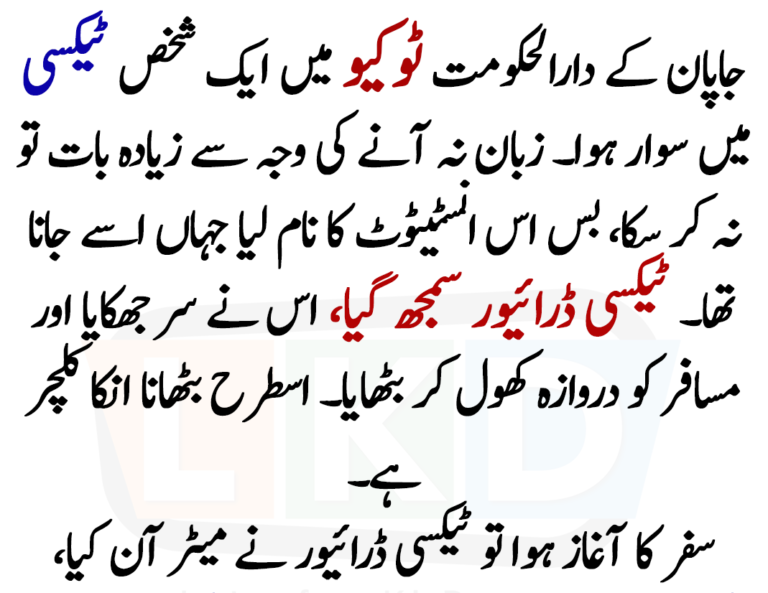Hormonal acne is a common skin issue that affects many individuals, particularly women, at various stages of life. It often appears around the jawline, chin, and lower cheeks and can be frustrating to treat due to its deep-rooted nature. Hormonal acne is primarily caused by fluctuations in hormone levels, particularly androgens, which can lead to excess oil production, clogged pores, and inflammation. Understanding the causes and implementing the right treatment plan can help manage hormonal acne effectively.

Causes of Hormonal Acne
Hormonal acne is primarily triggered by fluctuations in hormone levels. Common factors that contribute to these fluctuations include:
- Puberty: During adolescence, increased androgen production leads to an uptick in sebum production, which can result in clogged pores and breakouts.
- Menstrual Cycle: Many women experience hormonal acne flare-ups around their menstrual cycle, especially in the week before their period, due to hormonal shifts.
- Polycystic Ovary Syndrome (PCOS): This condition causes hormonal imbalances, which can lead to persistent acne, especially in adult women.
- Pregnancy: Hormonal changes during pregnancy can also cause acne flare-ups, particularly during the first trimester.
- Menopause: The drop in estrogen levels during menopause can result in hormonal acne, as androgen levels may become more dominant.
- Stress: High levels of stress increase cortisol, which can throw off other hormones and exacerbate acne.
- Diet: Certain foods, such as those high in sugar and dairy, may cause an increase in insulin and lead to higher androgen production, triggering acne.
Symptoms of Hormonal Acne
Hormonal acne often manifests in specific areas of the face and body. Common characteristics include:
- Deep, cystic bumps that are painful and inflamed
- Breakouts primarily around the chin, jawline, neck, and lower face
- Worsening of acne around menstruation or times of hormonal fluctuations
- Persistent acne even in adulthood
- Acne that resists traditional over-the-counter treatments
Treatment Options for Hormonal Acne
Treating hormonal acne can be challenging because it’s not just a surface issue—it’s caused by internal imbalances. Here are the most effective treatments:
1. Topical Treatments
- Retinoids: Topical retinoids, such as tretinoin and adapalene, help increase cell turnover and prevent clogged pores. These are especially useful for non-inflammatory acne but can also aid in reducing the severity of cystic breakouts.
- Benzoyl Peroxide: This is an over-the-counter treatment that targets acne-causing bacteria and reduces inflammation. It can be used to treat both surface and deep acne.
- Salicylic Acid: A beta-hydroxy acid (BHA) that helps exfoliate the skin, unclog pores, and reduce oil buildup. It’s a good option for treating hormonal acne due to its ability to penetrate deep into the skin.
2. Oral Medications
- Birth Control Pills: Birth control pills containing estrogen and progestin can help regulate hormones and reduce acne in women. They work by reducing androgen levels, which in turn decreases sebum production.
- Spironolactone: This is an oral medication that blocks androgen receptors, helping to reduce sebum production and control hormonal acne in women.
- Isotretinoin (Accutane): In severe cases of hormonal acne that don’t respond to other treatments, isotretinoin may be prescribed. It is a powerful medication that reduces oil production and treats acne at the root.
- Antibiotics: Oral antibiotics like doxycycline may be prescribed for short-term use to reduce inflammation and kill acne-causing bacteria, though they are not typically used as a long-term solution for hormonal acne.
3. Lifestyle Changes
- Dietary Adjustments: Some studies suggest that reducing dairy, sugar, and refined carbohydrates can help lower insulin levels and reduce acne flare-ups. A diet rich in fruits, vegetables, and whole grains can improve overall skin health.
- Stress Management: Managing stress through techniques such as meditation, yoga, and adequate sleep can help regulate hormone levels and prevent acne flare-ups.
- Regular Exercise: Physical activity improves circulation and reduces stress, which can help balance hormones. However, it’s important to shower after sweating to avoid clogged pores.
4. Natural Remedies
- Tea Tree Oil: Known for its antibacterial properties, tea tree oil can be applied to acne-prone areas to help reduce inflammation and bacteria.
- Zinc Supplements: Zinc has anti-inflammatory properties and helps regulate oil production, making it a useful supplement for treating hormonal acne.
- Omega-3 Fatty Acids: Omega-3s, found in fish oil, chia seeds, and flaxseeds, help reduce inflammation and balance hormones, which can improve skin health.
Skincare Routine for Hormonal Acne
A consistent skincare routine tailored to hormonal acne can make a significant difference. Here’s a simple routine to follow:
Morning Routine
- Cleanser: Use a gentle, non-comedogenic cleanser with salicylic acid or benzoyl peroxide to remove excess oil and unclog pores.
- Toner: A gentle, alcohol-free toner with ingredients like witch hazel or niacinamide can help reduce inflammation and balance oil production.
- Treatment: Apply a topical treatment with benzoyl peroxide or salicylic acid to target active breakouts.
- Moisturizer: Use an oil-free, non-comedogenic moisturizer to keep your skin hydrated without clogging pores.
- Sunscreen: Apply a broad-spectrum sunscreen with SPF 30 or higher, as acne treatments can make your skin more sensitive to the sun.
Night Routine
- Cleanser: Cleanse your face with the same gentle, acne-fighting cleanser used in the morning.
- Exfoliation: 2-3 times a week, use a chemical exfoliant like glycolic acid to slough off dead skin cells and prevent clogged pores.
- Retinoid: Apply a prescription or over-the-counter retinoid to increase cell turnover and treat acne at the source.
- Moisturizer: Use a lightweight, non-comedogenic moisturizer to keep the skin hydrated and prevent over-drying from acne treatments.
Preventing Hormonal Acne
While it may not be possible to entirely prevent hormonal acne, these steps can help minimize flare-ups:
- Stick to a Consistent Skincare Routine: Regularly washing your face and using treatments can prevent clogged pores and breakouts.
- Avoid Touching Your Face: Touching your face frequently can transfer oil and bacteria from your hands to your skin, leading to breakouts.
- Choose Non-Comedogenic Products: Ensure all skincare, makeup, and haircare products are labeled as non-comedogenic, meaning they won’t clog pores.
- Change Pillowcases Regularly: Pillowcases can harbor oil, bacteria, and dead skin cells. Change them frequently to reduce breakouts.
- Manage Stress: Practice stress-relief techniques like meditation, yoga, or deep-breathing exercises to help regulate hormone levels.
Conclusion
Hormonal acne can be stubborn, but with the right approach, it is manageable. Incorporating effective treatments like topical retinoids, oral medications, and lifestyle changes can help reduce breakouts and promote clearer skin. It’s important to consult with a dermatologist to develop a personalized treatment plan, especially for severe or persistent acne. With patience and consistency, you can control hormonal acne and achieve healthier, clearer skin.



